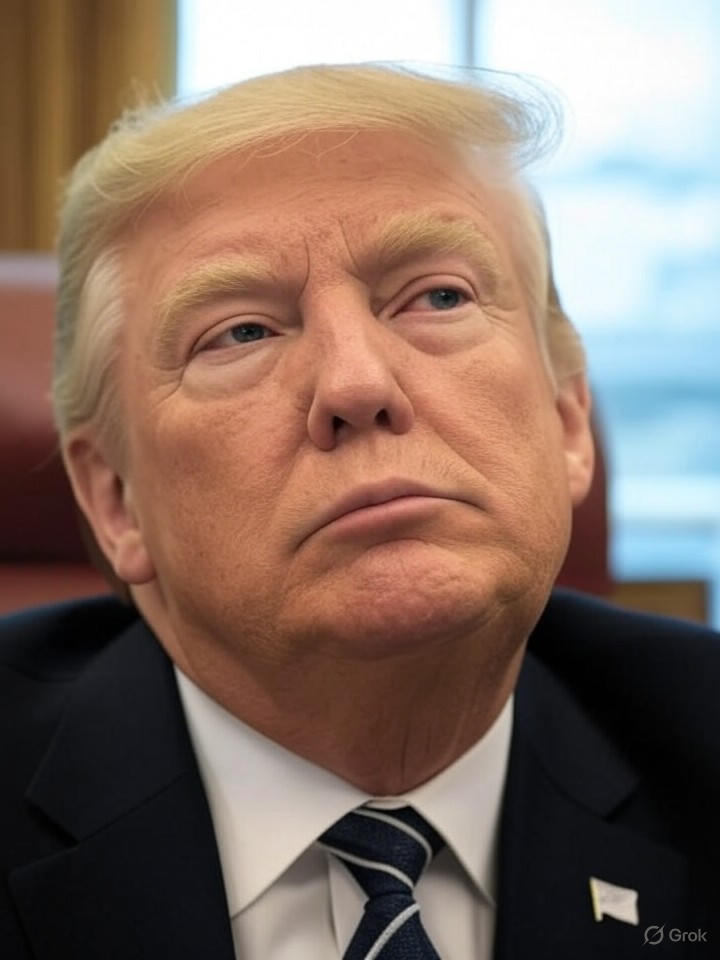The Unveiling of a Strategic Equity Swap
The Trump administration’s recent agreement with Intel Corp. has sent ripples through the semiconductor industry, positioning the U.S. government as a significant shareholder in one of America’s tech giants. Announced on Friday, the deal involves an $8.9 billion investment in Intel common stock, granting the government a nearly 10% stake. However, this isn’t fresh capital injection but a clever repurposing of funds already earmarked for the chipmaker.
According to details reported by TechCrunch, the investment stems from converting previously awarded grants under the CHIPS and Science Act and the Secure Enclave program. Intel had been slated to receive $5.7 billion from the CHIPS Act and $3.2 billion from Secure Enclave, funds intended to bolster domestic chip manufacturing. Instead of disbursing these as grants, the administration is redirecting them into equity, effectively buying shares without committing new taxpayer dollars.
Roots in Prior Commitments and Political Maneuvering
This move builds on allocations made during the Biden-Harris era, where the CHIPS Act aimed to revitalize U.S. semiconductor production amid global supply chain vulnerabilities. Intel, struggling with market share losses to rivals like TSMC and facing internal challenges, welcomed the arrangement as a vote of confidence. President Trump highlighted the deal as a way to ensure American leadership in advanced technologies, tying it to national security imperatives.
Further context from The New York Times reveals this as part of a broader pattern of government interventions, reminiscent of state-managed capitalism seen in other nations. Experts note similarities to post-2008 bailouts of the auto industry, where equity stakes were taken in exchange for support. In Intel’s case, the conversion allows the company to access funds while giving the government a direct say in its operations, potentially influencing decisions on R&D and manufacturing.
Implications for Intel’s Turnaround Efforts
Intel’s CEO, Lip-Bu Tan, who assumed the role amid controversy over his ties to Chinese firms, praised the agreement in a statement via Intel’s Newsroom. He emphasized the company’s commitment to U.S.-based leading-edge logic production. The equity infusion, totaling $11.1 billion when combined with prior grants, is expected to accelerate factory builds in states like Arizona and Ohio, creating jobs and reducing reliance on foreign chips.
Yet, skeptics question the long-term efficacy. As The Guardian reported, the deal followed Trump’s demand for Tan’s resignation, underscoring the administration’s aggressive stance on tech nationalism. Industry insiders worry that government ownership could stifle innovation or lead to bureaucratic oversight, potentially deterring private investors wary of political entanglements.
Broader Economic and Geopolitical Ramifications
This unprecedented stake marks a shift from grant-based incentives to ownership models, as noted in analysis from CNN Business. It aligns with Trump’s push for reshoring critical technologies, especially in AI and defense applications. With Intel’s stock volatile amid competition, the government’s position could stabilize the firm but also expose taxpayers to market risks if performance falters.
Looking ahead, this could set a precedent for deals with other tech firms, like potential interventions in U.S. Steel or Nvidia, per insights from The New York Times. For industry leaders, it signals a new era where federal involvement extends beyond subsidies to equity partnerships, reshaping corporate governance in strategic sectors. As debates swirl over the merits of such interventions, the Intel pact underscores the administration’s bet on blending public funds with private enterprise to secure technological dominance.




 WebProNews is an iEntry Publication
WebProNews is an iEntry Publication